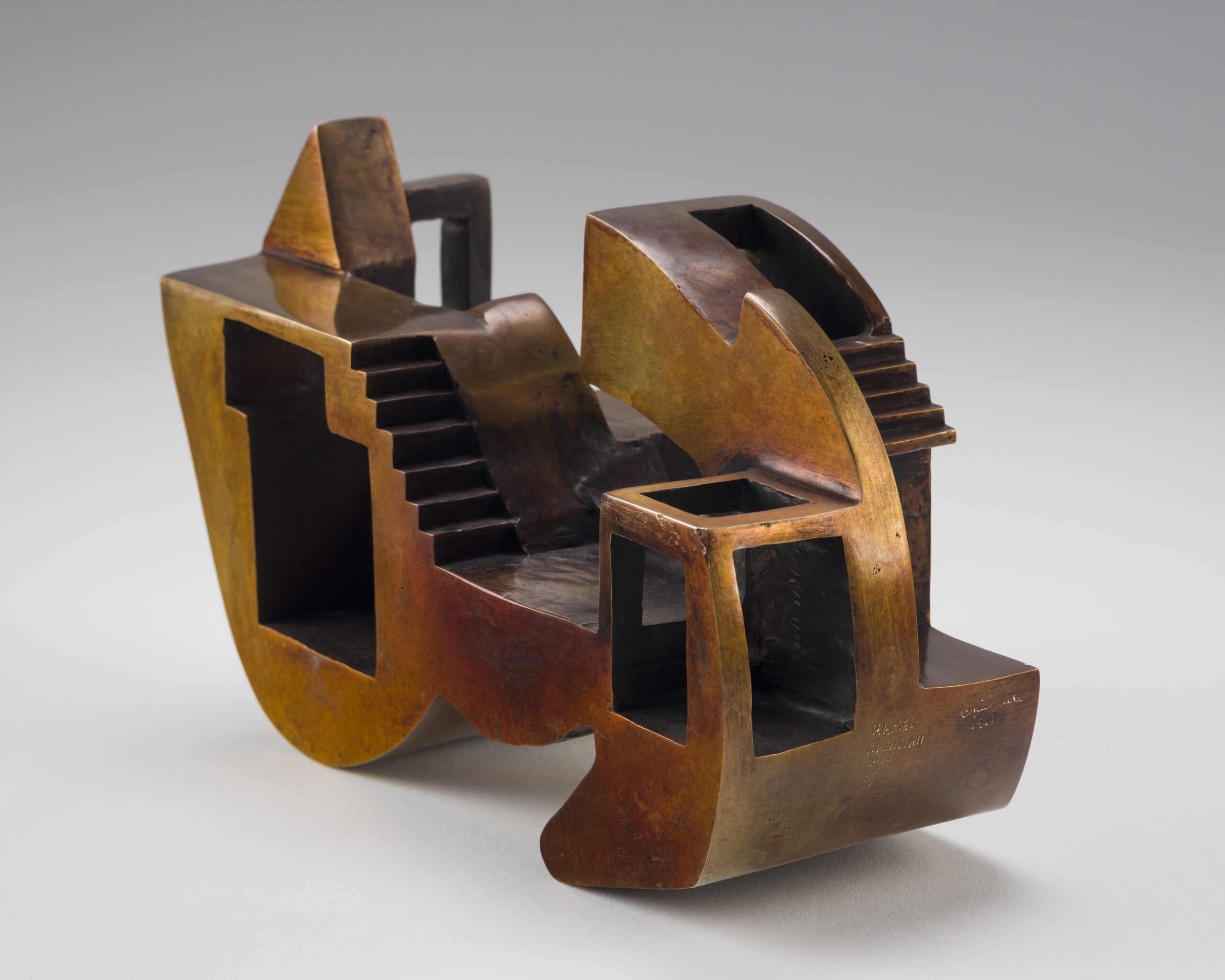
Hamed Rashtian
Hamed Rashtian
Hamed Rashtian is a Vancouver-based visual artist who focuses on creating a dialogue between various colonial histories through his art. Through his practice, Rashtian delves into a thought-provoking exploration of Iran’s rich cultural heritage, evoking contemplation on the ever-evolving interplay between history, collective identity, and the built environment.
Hamed Rashtian completed his MFA at Emily Carr University of Art + Design in Vancouver and holds a Swiss Federal Diploma in Higher Education from the F+F School of Art and Design in Zurich. Active as a visual artist since 2006, Rashtian has had solo exhibitions in Iran, Switzerland, and United Arab Emirates as well as participated in many international group exhibitions.
View Work
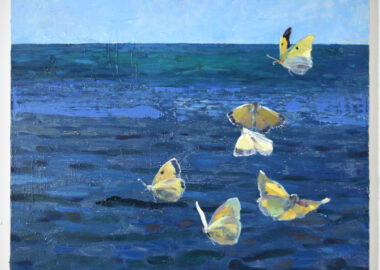
Ben Reeves
Ben Reeves
Ben Reeves is known for his sumptuous use of paint in compositions that deftly explore the relationship between abstraction and depiction. His work is actively engaged with the theory of painting, raising questions about the authenticity of imagery, while remaining deceptively traditional. At first glance, many of his works appear to borrow generously from 19th-century realism, yet they are often meticulously conceptual. Reeves’ work continually asserts that the painted image is a vocabulary of brushstrokes, a culturally understood visual language. Dominated by thick daubs of oil paint, Reeves’ paintings command a physical presence with their relief-like impasto surfaces.
View Work
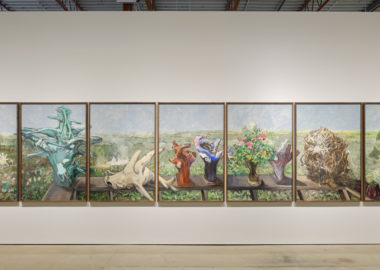
The Estate of Jack Shadbolt
The Estate of Jack Shadbolt
Jack Shadbolt (1909 – 1998) is one of Canada’s most important artists. He is known for his paintings and murals that draw from his personal experiences and from the social and political conflicts that have taken place in British Columbia and world history, such as the struggles of First Nations, the Second World War, and the environmental movement.
Jack Shadbolt was born in England in 1909 and with his family, came to Victoria, British Columbia in 1921. He lived and taught in Victoria, Duncan, Vancouver and Burnaby. His work is represented in all the major galleries across Canada as well as in corporate and private collections. Shadbolt’s numerous awards include the Order of Canada in 1972, an Honorary Degree from the University of British Columbia, and in 1987 he and his wife, art historian and curator Doris Shadbolt, established VIVA, the Vancouver Institute for Visual Arts, which supports and recognizes the achievement of artists in British Columbia.
View Work
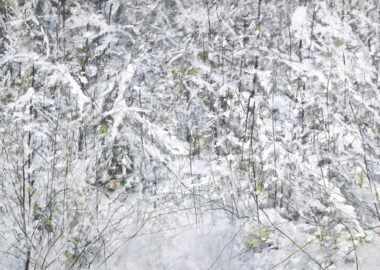
The Estate of Gordon Smith
The Estate of Gordon Smith
Gordon Smith (1919-2020) was a key figure in contemporary Canadian art. Since the 1950s, he worked continuously to expand the dialogue between abstraction and representation. In his tangled paintings, there is the insinuation of entire fields of colour below the surface. Over the course of his 75-year long career he has made paintings employing that procedure of looping and overlapping, the movement of line to line, texture into texture and colour into colour. His work has been an evolving search for balance between abstraction and his love of the land, which has given us insight into both the act of painting and the essence of the West Coast.
View Work
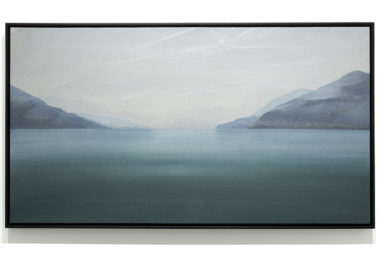
Takao Tanabe
Takao Tanabe
Takao Tanabe (b. 1926) is an important figure in Canadian painting and printmaking. Tanabe creates landscape paintings of the British Columbia coast, eliminating non-essential details, creating serene compositions which reward long contemplation. He is well known for his transcendent light and atmosphere, which fluctuates from delicate and misty to stormy and brooding. Dominated by strong horizons and large swaths of water and sky, his works are devoid of man-made elements such as cars, telephone poles, and architectural structures.
View Work
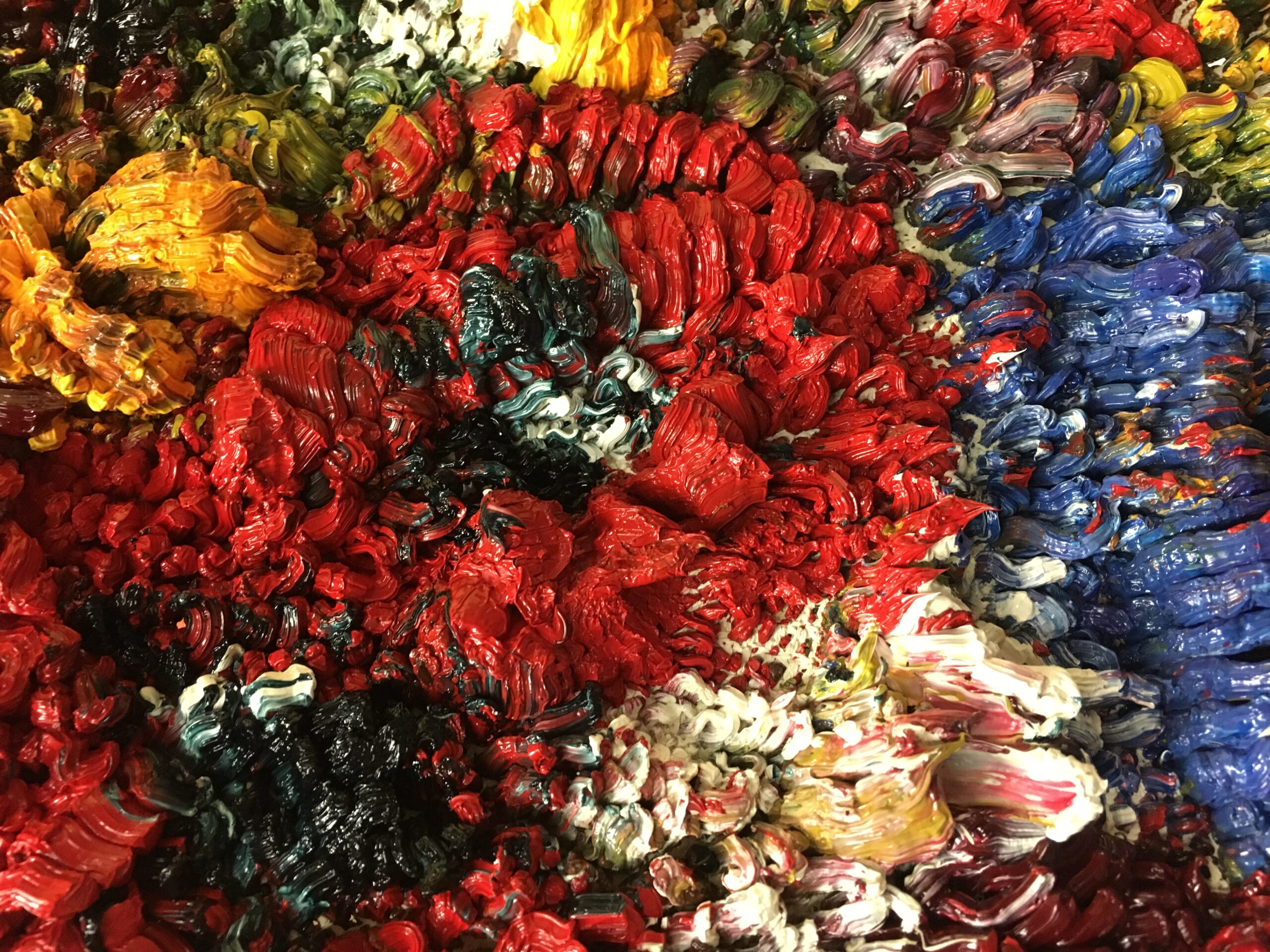
Angela Teng
Angela Teng
Angela Teng’s work reconsiders what is traditionally required to make a painting, and then suggests otherwise by renegotiating how a picture can be made. Her painting practice utilizes a laboured dedication to the process of craft through abstraction and studio-based exploration of materials. Her crocheted acrylic ‘paint-paintings’ manipulate ways of paint handling, while her works on hand-made crocheted cotton/linen surfaces celebrate the application of thick oil paint with a brush. Her patterns generate an optical buzz created from the marbling of paint, wobbly form, and through experimenting and observing the optical interaction of colours one upon another.
View Work
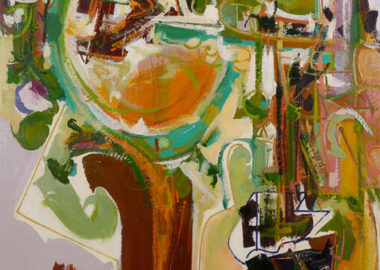
The Estate of Harold Town
The Estate of Harold Town
Harold Town was a founding member of Painters Eleven, a group of artists based in Toronto that helped introduce Canadians to modernist movements such as Abstract Expressionism in the 1950s. Town developed a style of prints which he called “Single Autograph Prints”, in which he gained critical acclaim for. These monotype prints were created using vivid colours and shapes through overlaying inks, sometimes using collage to add dimension and texture to his pieces. By 1960, Town’s painting career took off as he became recognized for his compositions and unpredictable use of colour. His dedication to art was shown through his ability to work with a variety of materials and subject matter in sculpture, printmaking, drawing and painting.
View Work
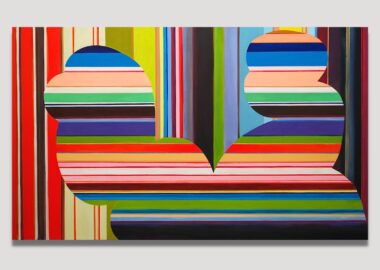
Renée Van Halm
Renée Van Halm
Renée Van Halm has been a significant figure in Canadian art for over forty years, both as a practicing artist and as an arts educator. In the early part of her career, Van Halm was interested in creating forms that were hybrids of many media, not purely painting, sculpture, or architecture. The evolution of her subject and medium has led her to consider the many forms of visual presentation in our culture. Van Halm draws her images from a variety of sources: mainstream fashion, architecture and decor magazines, and more recently the work of 1920s Bauhaus artists and weavers, in considering the ways in which architectural space governs contemporary human experience.
View Work
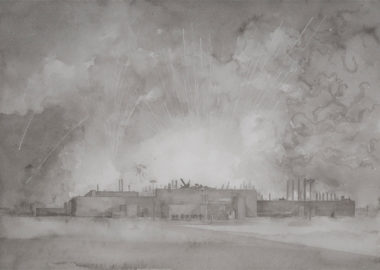
Neil Wedman
Neil Wedman
Neil Wedman takes recognizable forms aimed at achieving the appearance of photographs but fall perceptually between representation and abstraction. Wedman utilizes traditional artistic techniques to explore eccentric subjects such as exploding firework factories, dessert rainbows and flying saucers. An artist of the same era as Rodney Graham and Jeff Wall, Wedman’s work has a same penchant for humour, social commentary, and deconstructing photographic art. He shares key attributes with his hometown photo-brethren and has an inclination to question the medium of photography. Wedman has produced photographs, short films, and multi-media projects, but painting stands at the core of his studio practice.
View Work
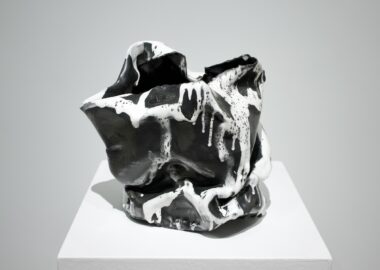
Isabel Wynn
Isabel Wynn
Born in São Paulo, Brazil and raised in Steveston, British Columbia, Isabel Wynn studied ceramics at Langara College and Emily Carr University where the foundations for the methodologies shaping her current sculptural practice were laid. Through the medium of clay, her practice is an exploration of lived experiences, the obscurity of emotions, and the balance between control and uncertainty.
In 2021, Wynn established Báhoo Studio, a ceramics studio and school that has evolved into a thriving artist space. Serving as the founder and director, she has transformed the studio into a community hub where artists gather to explore their craft under her mentorship.
View Work










